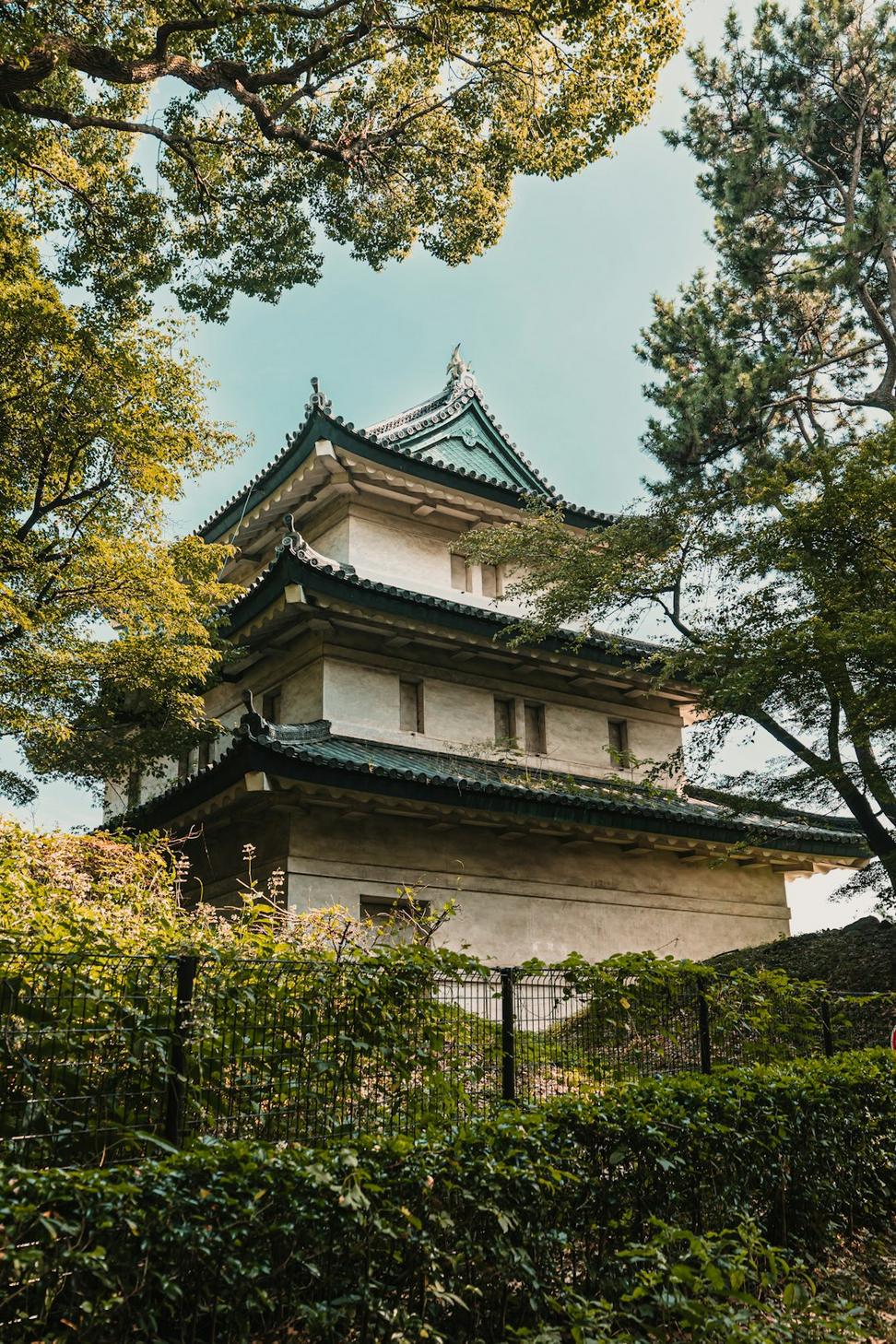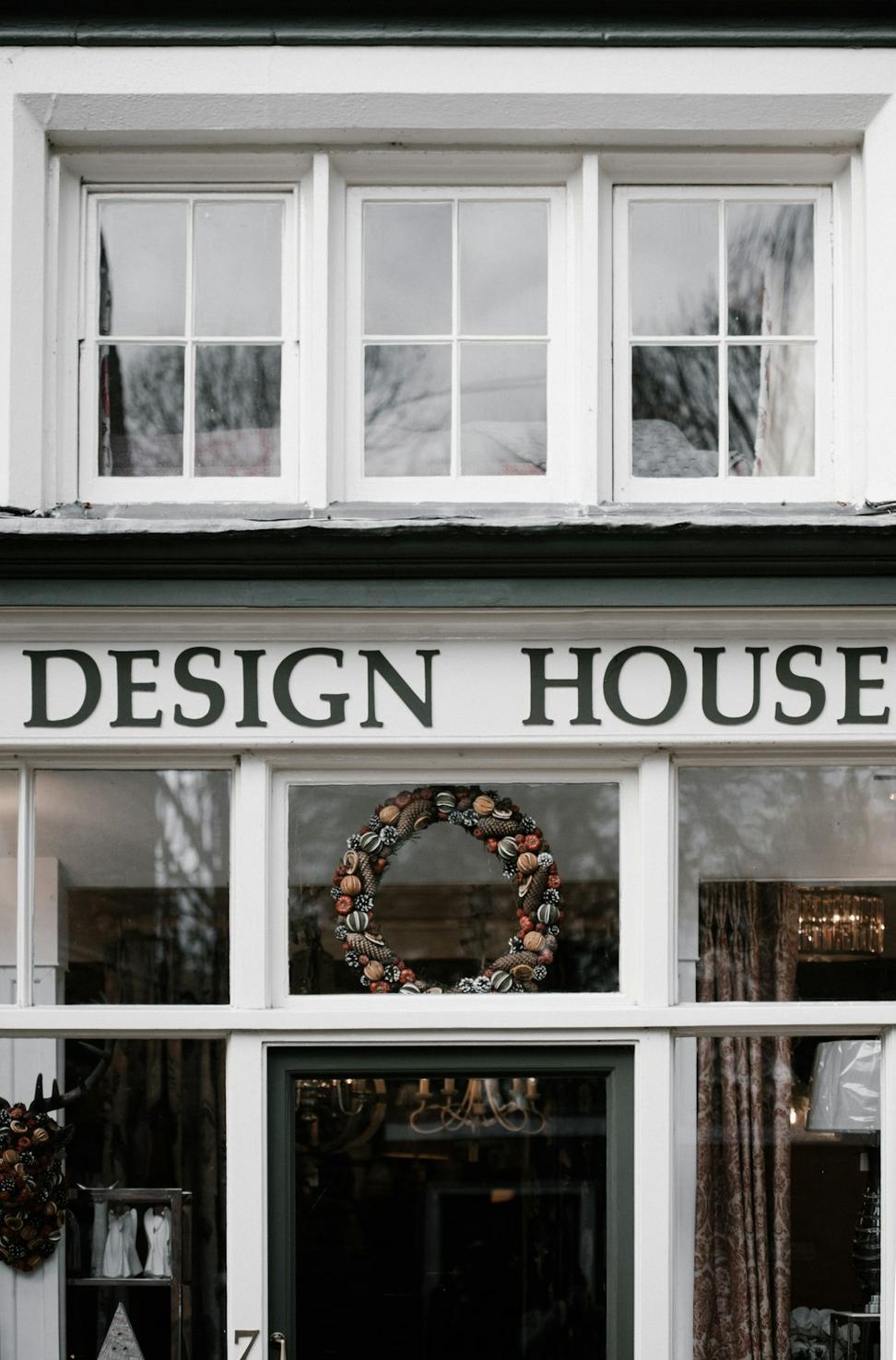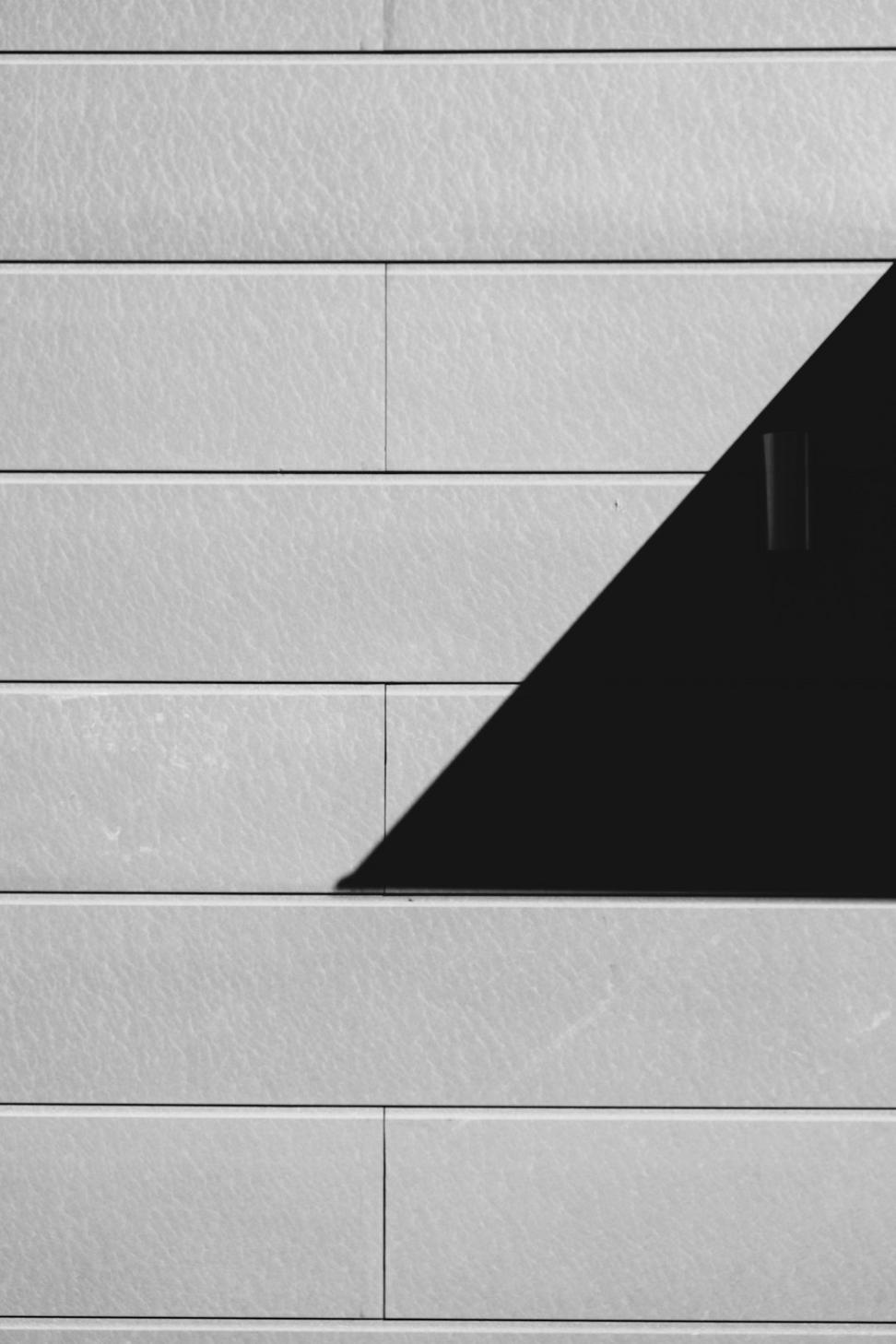
Building With Purpose
Not just green - genuinely sustainable design that actually makes sense
It's not just about slapping solar panels on everything and calling it a day. We've spent years figuring out what actually works in Vancouver's unique climate - and what's honestly just greenwashing.
Our approach? Start with passive design principles that've been around forever, then layer in modern tech where it genuinely helps. We're talking about buildings that breathe naturally, use less energy without making you feel like you're camping indoors, and don't cost a fortune to maintain.
Every project gets a real environmental impact assessment - not the glossy brochure kind, but the nitty-gritty numbers that tell us if we're actually making a difference or just making ourselves feel good.

Because third-party validation matters more than our marketing copy
We've got three LEED APs on staff who've worked on over 40 certified projects. Platinum's great, but sometimes Gold makes more financial sense - we'll tell you which and why.
15 Platinum | 28 Gold | 12 Silver certified projects
Yeah, it's intense. The standards are ridiculously strict, but the energy savings? They're not kidding around. Cut heating costs by 75-90% - we've got the utility bills to prove it.
8 Passive House projects completed in BC
Local program that gets BC's climate and building codes. More practical for mid-range residential projects where full LEED might be overkill but you still want legit third-party verification.
Gold & Platinum tier specialists
Average energy reduction vs. baseline code buildings
Tonnes CO2 offset annually through our completed projects
Water consumption reduction through smart fixtures
Construction waste diverted from landfills
Every project gets baseline modeling before we start, then we track actual performance for at least 2 years post-occupancy. Not gonna lie - sometimes the models are optimistic. When that happens, we figure out why and adjust our approach for next time.
We use whole-building energy modeling software, lifecycle assessments for materials, and work with environmental consultants who'll call us out when we're being too ambitious. Keeps us honest.
Orientation matters way more than people think. We obsess over window placement, overhangs, and thermal mass. Free heating in winter, natural cooling in summer - it's architecture 101 but you'd be surprised how often it gets ignored.
Vancouver gets serious rain - might as well use it. Green roofs, rain gardens, cisterns for irrigation. Reduces stormwater runoff and takes pressure off municipal systems. Plus green roofs are honestly just nice to look at.
We dig into where materials come from, how they're made, what's in them. Local sourcing when it makes sense, reclaimed materials when they're genuinely better, low-VOC everything because indoor air quality isn't negotiable.
Heat pumps, HRV systems, LED everything, solar when the roof orientation works. Building envelope comes first though - no point heating or cooling a leaky building efficiently. That's just efficient waste.
Sometimes the greenest building is the one that already exists. Heritage restoration isn't just about preserving history - it's about embodied carbon. Retrofit and upgrade beats demolish-and-rebuild more often than you'd think.
Sustainable doesn't mean uncomfortable. Natural ventilation, daylighting, views, connection to outdoors - this stuff affects health and wellbeing. If people hate being in the space, we've failed regardless of the energy numbers.

This one was a challenge - retrofit a 1970s split-level into a net-zero home without destroying what made it special. Client wanted to keep the bones but bring it into this century.
We wrapped the entire envelope in continuous insulation, triple-glazed the windows, added 8kW of solar, installed an air-source heat pump, and put in a seriously overbuilt HRV system. Total energy use dropped 94% compared to pre-reno.
Best part? Utility bills went from around $280/month to basically nothing. System paid for itself in 9 years, and the place is way more comfortable than it ever was.
Energy reduction achieved
Average monthly energy cost
Certification achieved
Payback period
Cross-laminated timber and glulam beams - BC's got amazing forestry, might as well use it. Carbon sequestration plus structural integrity. Win-win.
Old-growth timber, salvaged brick, recycled steel - embodied carbon's already spent. Plus the character you get is impossible to fake.
Mineral wool, cellulose, rigid foam where needed. We nerd out hard on R-values and thermal bridging. Your heating bills will thank us.
Indoor air quality matters. Zero-VOC paints, natural sealers, formaldehyde-free everything. No new-building smell = good thing.
Sustainability isn't static - we're always learning, always adapting. Here's what we're working on:
Making net-zero our baseline for new construction by 2026. Not a premium option - just how we build.
Operating energy's half the story. We're getting way more serious about material lifecycles and construction impacts.
Designing for disassembly so materials can have second lives. Buildings shouldn't be one-way trips to the landfill.
Whether you're aiming for Passive House or just want a building that makes sense environmentally and financially - let's figure out what works for your project.